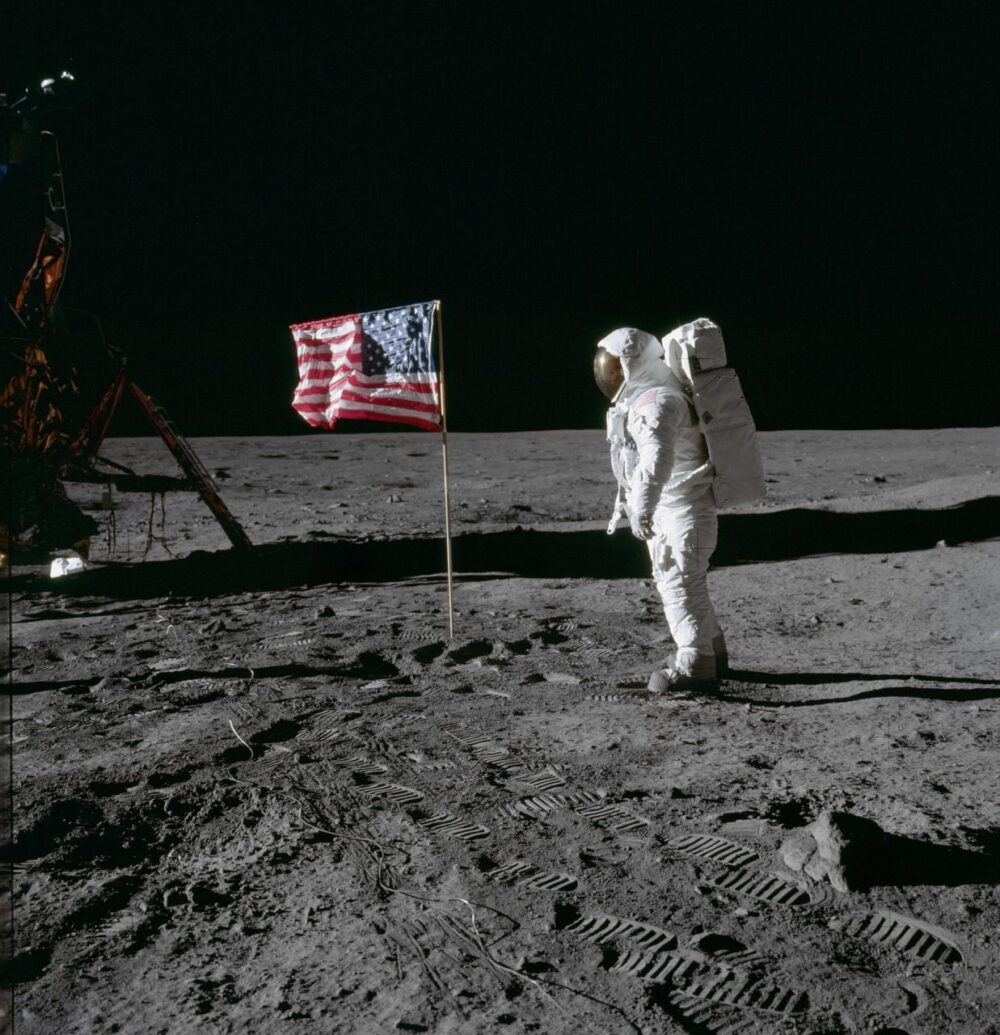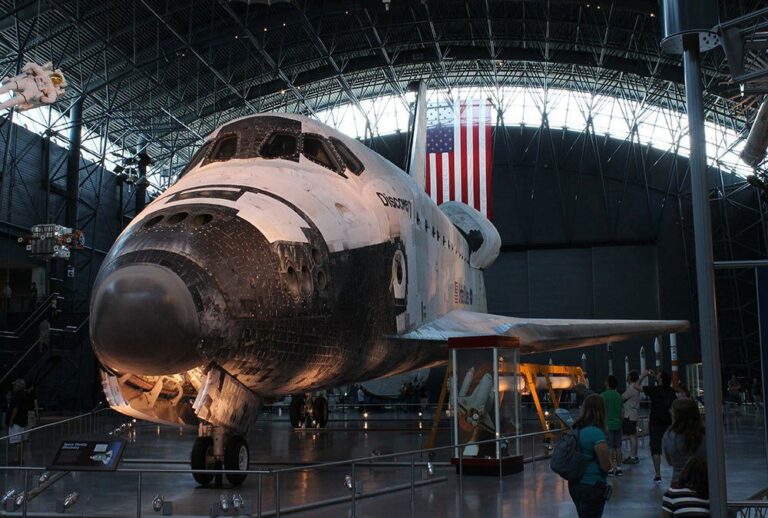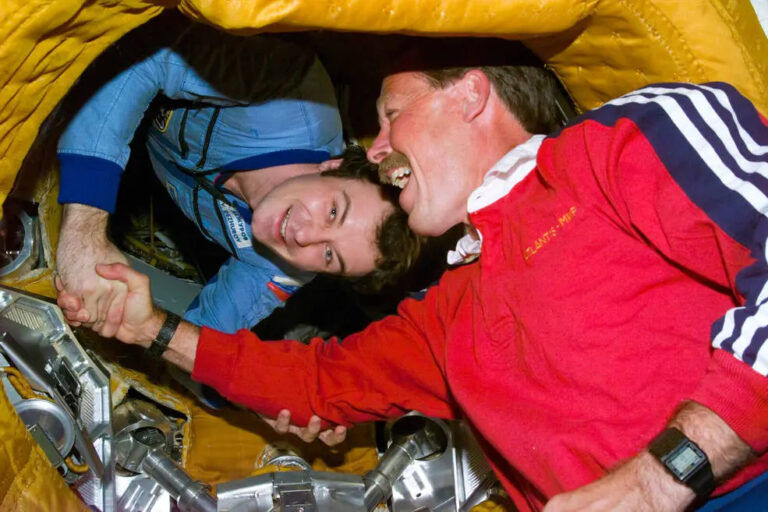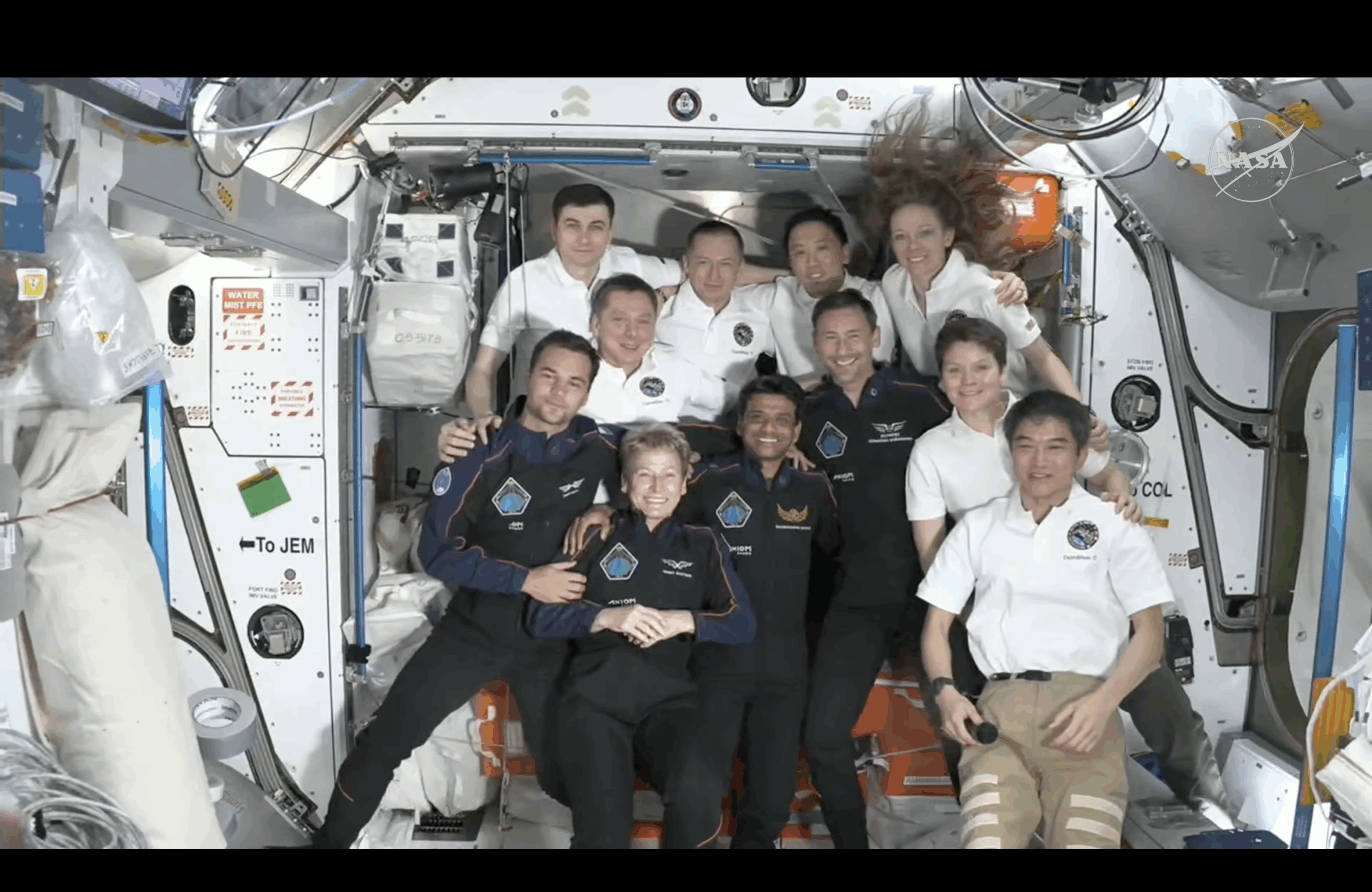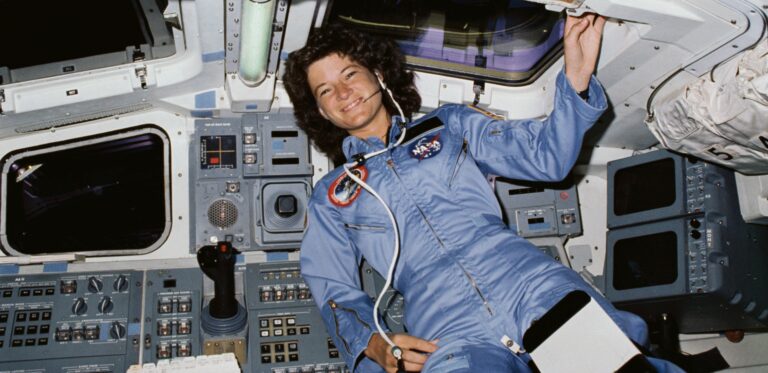Key Takeaways:
NASA’s wet dress rehearsal for its new “mega Moon rocket,” the Space Launch System (SLS), is officially over — at least for now. A series of problems, mostly with ground equipment, drove a stake into getting the dress rehearsal done this week. The test run was initially slated to begin on April 1 and intended to last about 48 hours.
The latest problems to crop up were NASA’s inability to locate a leak in a hydrogen supply line, a faulty valve, and the need to improve the flow of nitrogen to the pad where the SLS has been sitting for days. The goal of the wet dress rehearsal was to test the operations, procedures, and equipment needed for the maiden launch of the world’s most powerful rocket, which is still planned for later this year.
For the Artemis 1 mission, the first in a series of incremental steps that will take humans back to the lunar surface, the SLS is tipped with an uncrewed Orion capsule and a handful of cubesats. In the not-so-distant future, nearly 50 years after the last Apollo mission, the SLS aims to successfully deliver these payloads to lunar orbit.
Artemis 1 takes a step back
With the wet dress rehearsal on hold, NASA now plans to roll the rocket back to the massive Vehicle Assembly Building (VAB) on April 26. While there, workers will attempt to remedy the hydrogen leak, as well as address a tetchy valve that prevented fueling of the rocket’s upper stage. NASA will then evaluate whether it wants to do additional work on the SLS while they have it in the shop, which will inform their next step.
One possibility is that NASA will get the SLS flight-ready, roll it back out, conduct a successful wet dress rehearsal, then leave the vehicle on the pad to launch when celestial mechanics cooperate. The earliest optimistic launch window is probably this summer, from June 29 to July 12. However, given the extensive history of the SLS delays, making that window could be a challenge.
Despite the problems, the wet dress rehearsal achieved most — but not all — of its objectives, NASA officials say. The team accomplished partial loading of the SLS’s cryogenic fuels while also verifying the health and safety of the Orion crew capsule, command and communications, and range safety checkouts. The launch team also gained fluency in start-and-stop countdown procedures and troubleshooting, and they even quickly came up with new fueling procedures.
Notable missed objectives for the Artemis 1 dress rehearsal include a complete fuel loading of the upper stage and the testing of three commands for that operation, according to Artemis Launch Director Charlie Blackwell-Thompson.
Issue after issue
Even before this week, the Artemis 1 wet dress rehearsal, which began in early April and was scheduled to last one weekend, has had several fits and starts.
Early on, fans on the mobile launcher that are used to prevent the build-up of dangerous gases failed. That meant personnel could not load the rocket’s super-cold propellants — liquid oxygen and liquid hydrogen — into its core stage and interim cryogenic propulsion stage. Technicians were forced to wait for the equipment to thaw before resuming. Also related to the mobile launcher, someone mistaken left a fuel-loading valve switch closed instead of open. These early problems prompted the dress rehearsal team to temporarily give the right-of-way to the launch of Axiom-1, the first all-private mission to the International Space Station.
Another valve problem also cropped up on the rocket itself, the only equipment issue on the vehicle. A helium check valve wasn’t working to specifications, which meant the upper stage of the rocket could only be partially loaded with fuel. That problem can’t be corrected until the SLS returns to VAB. But the good news is, once there, it should be an easy fix.
Driving the final dagger into the dress rehearsal, on April 14, one of the umbilicals that attach to the rocket sprung a hydrogen leak, grinding progress to a halt again.
Artemis 1 presses on
“We will be ready when we get through the test program…We are putting in some long hours,” Artemis Mission Manager Mike Sarafin told reporters.
History shows us that launching rockets capable of carrying crews to the Moon isn’t easy. As CBS’s William Harwood pointed out, the first simulated countdown of the Apollo Saturn V rocket took nearly three times as long as originally planned, clocking in at 17 days instead of six.
When SLS does finally fly, the Artemis 1 mission will orbit the Moon to test the safety and performance of the Orion crew capsule and the European Space Agency’s Service Module. Along the way, nearly a dozen shoebox-sized satellites will be released to study topics ranging from lunar ice deposits to the effects of deep-space radiation on yeast. They’ll be deployed the old-fashioned way: by springs.
If Artemis 1 succeeds in a timely fashion, the current launch cadence calls for a crewed lunar flyby in 2024 (Artemis 2) and a crewed lunar landing in 2025 (Artemis 3). After Artemis 3, another landing won’t occur for three more years. But during that time, construction for the Gateway lunar space station will get underway. Four more Artemis landings are planned between 2028 and 2031.
Overruns but not out
The SLS is significantly behind schedule and overbudget, which has prompted some critics to dub the SLS the “Senate Launch System.” This is a jab at Senate advocates who, critics say, pushed a program that relies on heritage equipment — such as a version of the Space Shuttle Program’s solid-rocket booster — and that has awarded big aerospace companies with cost-plus contracts. Although those contracts mean secure jobs in states where government and corporate facilities are located, they also mean taxpayers pick up any cost overruns.
Assuming it flies before SpaceX’s Starship, the SLS will be the most powerful rocket in the world, offering about 15 percent more thrust than the Saturn V. But the SLS will be more costly than Starship, with each SLS launch having a price tag of more than $4 billion. Thanks to reusability, SpaceX says Starship will be far more affordable, costing just tens of millions of dollars per launch.
“The SLS is a large and complex program by design,” says Casey Dreier, chief advocate and senior space policy adviser for the non-profit, non-partisan group The Planetary Society. “And it is not unusual for new aerospace hardware to face a variety of challenges during its initial testing period. However, every delay of the SLS delays U.S. lunar ambitions, as it is currently the only rocket NASA is using to return to the Moon. Like an aircraft carrier, it is not intended to compete on the commercial market, though we are seeing significant improvement in commercial capability over the past few years, and may see a revolutionary capability deploy in just a few years in SpaceX’s untested but rapidly improving Starship program.”
Ironically, the SLS started to come together, in part, because its advocates didn’t see the value of the then-nascent Commercial Crew Program, which has since succeeded in off-loading space station launches from NASA to for-profit companies. Right now, the only such company with a proven track record is SpaceX, with its reusable Falcon rockets.
Despite this month’s SLS dress rehearsal delays, a human return to the lunar surface seems inevitable. Not only does NASA have its Artemis plan, but the increasingly aggressive and sophisticated Chinese space program could potentially land taikonauts on the Moon sometime early in the next decade. Meanwhile, multiple nations and corporations are cooperating on uncrewed lunar missions for both science and resource utilization.
The Moon is becoming a very busy place. And, barring disaster, the SLS will play a pivotal role in unlocking its potential — at least in the near-term.



